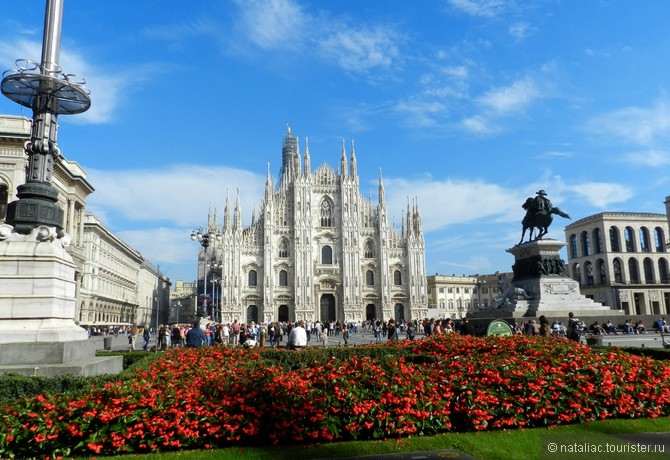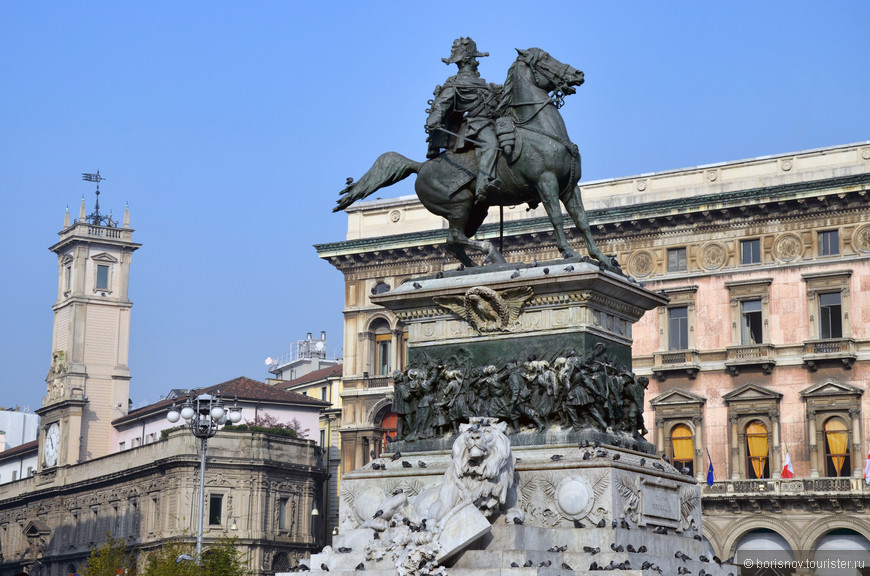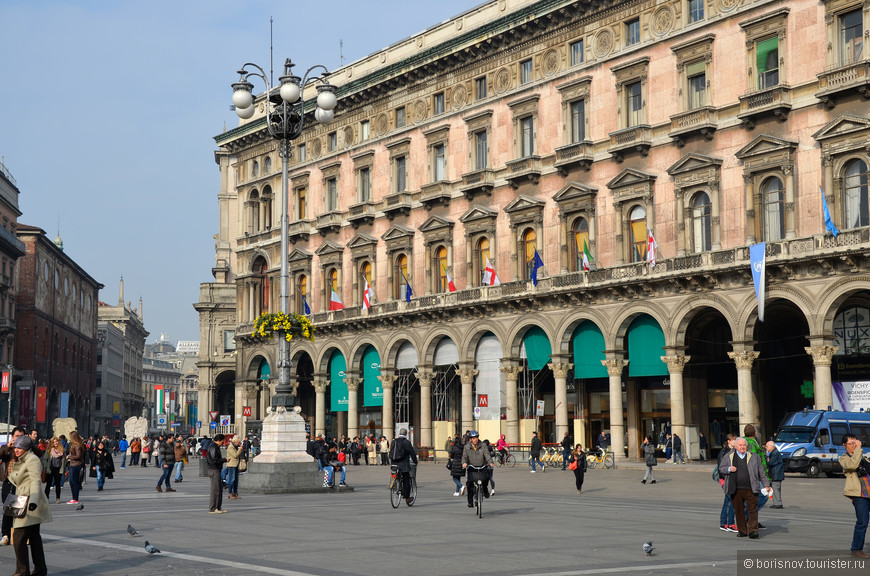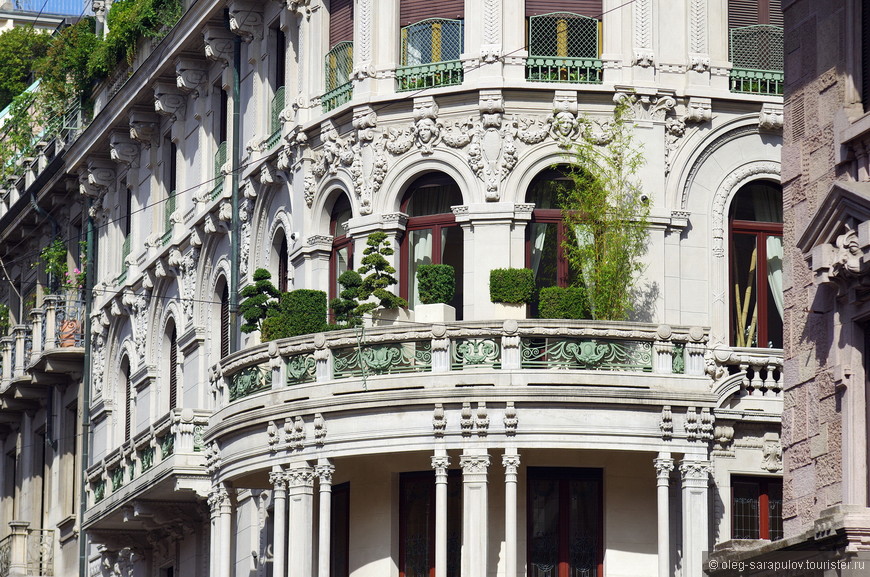Milan (English /mɨˈlæn/ or US /məˈlɑːn/; Italian: Milano [miˈlaːno] ( listen); Milanese: Milan [miˈlaŋ]), the second-most populous city in Italy, serves as the capital of Lombardy. The city proper has a population of about 1.3 million, while its urban area (the 5th-largest in the EU) comprises an estimated 5,264,000 people.[4] The massive suburban sprawl that followed the post-war boom of the 1950s–1960s and the growth of a vast commuter belt suggest that socioeconomic linkages have expanded well beyond the boundaries of its administrative limits and its agglomeration, creating a polycentric metropolitan area of 7 to 10 million people, stretching over the provinces of Milan, Bergamo, Como, Lecco, Lodi, Monza and Brianza, Pavia, Varese and Novara. The Milan metropolitan region is part of the so-called Blue Banana, the area of Europe with the highest population and industrial density. In terms of GDP, Milan has the third largest economy among EU cities and the largest among European non-capital cities.
Milan was founded by the Insubres, a Celtic people. The Romans later conquered the city, which they knew as Mediolanum, and which eventually became the capital (286 - 402 CE) of the Western Roman Empire. During the Middle Ages, Milan flourished as a commercial and banking center. In the course of the following centuries, it had been alternatively dominated by France, Habsburg Spain, and Austria, until 1859 when the city joined the rising Kingdom of Italy. During the early 1900s, Milan led the industrialization process of the young nation, being at the very center of the economic, social, and political debate. Badly affected by World War II, and suffering a harsh Nazi occupation, the city became the main centre of the Italian Resistance.[need quotation to verify] In post-war years the city enjoyed a prolonged economic boom, attracting large flows of workers from Southern Italy. During recent decades Milan has seen a huge rise in the number of international immigrants, and as of 2011 more than one sixth of its population was foreign born.
Milan is the main industrial, commercial, and financial centre of Italy and a leading global city. Its business district hosts the Borsa Italiana (Italy's main stock exchange) and the headquarters of the largest national banks and companies. The city is a major world fashion and design capital. Milan's museums, theatres and landmarks (including the Milan Cathedral, the fifth-largest cathedral in the world, and Santa Maria delle Grazie, decorated with Leonardo da Vinci paintings such as The Last Supper, a UNESCO World Heritage Site) attract over 8 million visitors annually. The city hosts numerous cultural institutions and universities, with 185,000 enrolled students in 2011, i.e. 11 percent of the national total. The city is also well known for several international events and fairs, including Milan Fashion Week and the Milan Furniture Fair, the largest of its kind in the world, and hosts for the second time an Universal Exposition, the Expo 2015, in 2015. Milan is home to two of the world's major football teams, A.C. Milan and F.C. Internazionale Milano.













